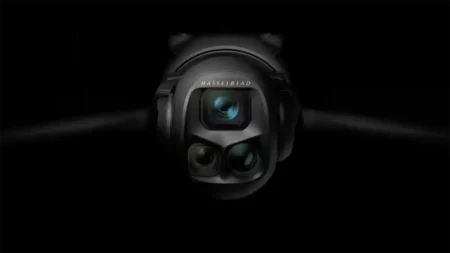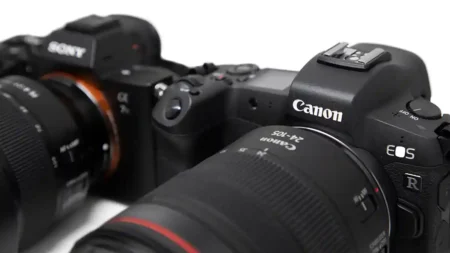What is spot metering, you might be asking yourself if you are new to photography? Spot metering is a great camera feature that can save your exposure if you are shooting a subject against a dark or light background.
Spot metering will also save the day when shooting directly into the sun, or for those moments when you can’t quite achieve the look you want using your camera’s exposure compensation tool and you don’t want to use manual exposure mode.
Your camera’s default multi-area metering mode is accurate in most situations, but there will often be times where it struggles due to one of the common scenarios we mentioned above.
Spot metering mode requires a little more thinking on your part, but it gives you more refined control over an exposure by taking a light reading from a small, select area of your subject. Using it wisely, you should be able to capture an even exposure in all sorts of difficult lighting.
The real trick with using spot metering is knowing from which part of your subject to take a meter reading. In essence, the area you meter from should be what you want to be your mid-tone (in other words, the middle ground between your highlights and shadows).
All cameras have different menus and button layouts, but in general the principles of spot metering are the same. Below we’ll explain some of the key things you need to know and basics for best results.
Enabling spot metering mode
Your camera may or may not have a dedicated button or switch to change the metering mode but every interchangeable lens camera (and most compact cameras) will have a list of metering mode options in its menu system (usually on page 1 amongst the other fundamental settings like ISO and White Balance).
To enable spot metering, go into this menu and Spot should be among the options. You can also identify it by its symbol, which is simply a small dot in the middle of a rectangular frame.
SEE MORE: 9 photo techniques you can use everyday

Are you in the right exposure mode to use spot metering?
If you can’t find the spot metering option in your menu, or if it’s shaded out and you can’t enable it, chances are your camera is set to one of its auto modes.
To use spot metering your camera typically needs to be in Manual, Aperture Priority, Shutter Priority or Program mode. You’ll find these, typically on a dedicated dial on your top plate, but in some cases you may need to look in the camera menu.
Set AF mode and focus
With spot metering enabled, you’ll next want to set your AF mode to its single area option. On many cameras this autofocus area is linked to the area from which you’ll meter.
Enable AE-L option
You can adjust your exposure and focusing separately, however. To do this go back into your camera’s menu system and set the AE-L/AF-L (Auto Exposure Lock / Auto Focus Lock) option to AE lock only.
This allows you to use your spot meter and lock that exposure, then adjust your focus by half-pressing the shutter button.
How to choose where to spot meter
This is the tricky part. Using the button and menu options becomes instinctive after a few times around the block. But every subject and image is different, and knowing where to record that midtone will take you some trial and error at first.
For portraits, I like to select a skin tone, usually in the face. If I’m shooting outside, I typically meter from the trees and shrubbery – or at this time of year when there’s no foliage, the grass.
Once you’ve found your desired area, place your focus point over this spot and press your AE-L button (typically on the back of your camera) to lock the exposure. There’s usually an icon that will light up in the viewfinder to indicate that the exposure is locked for a few seconds.
How to focus using spot metering
While the AE-L icon is illuminated, you’ll then want to move your camera and re-compose the image you wanted to frame. Press the shutter button halfway to focus on your subject. Then if it all looks good, press the shutter button fully and take the shot!
READ MORE
How to photograph the moon
How to photograph at night without a tripod



Hi
I’ve been spending a lot of time at home due to the lockdown. I have used this time to review and re-edit some of my earlier images. The one problem that keeps cropping up burnt out highlights and dark foregrounds. I know that exposure bracketing will help in such cases. I want to use spot metering as I feel I will have more control over my highlights, mid-tones and shadows. The problem I have is how much should direct sunlight be overexposed (as a bracketed images) so that it looks natural against the sky, and without the sky being blown out. Thank you. Paul
Hi Paul, the answer really depends upon the scene and what looks natural. If the sun is in the frame, for example, you would expect it to be burned out. But, if you’re photographing a landscape with white clouds in a blue sky, you want some detail in the clouds. I suggest that you keep an eye on your camera’s histogram and be guided by that. You don’t want a huge peak at the right end as that means that you have a lot of highlights and there may be large burned-out areas. However, you don’t want to reduce the exposure so much that the midtones become shadows and peak shifts way over to the left.